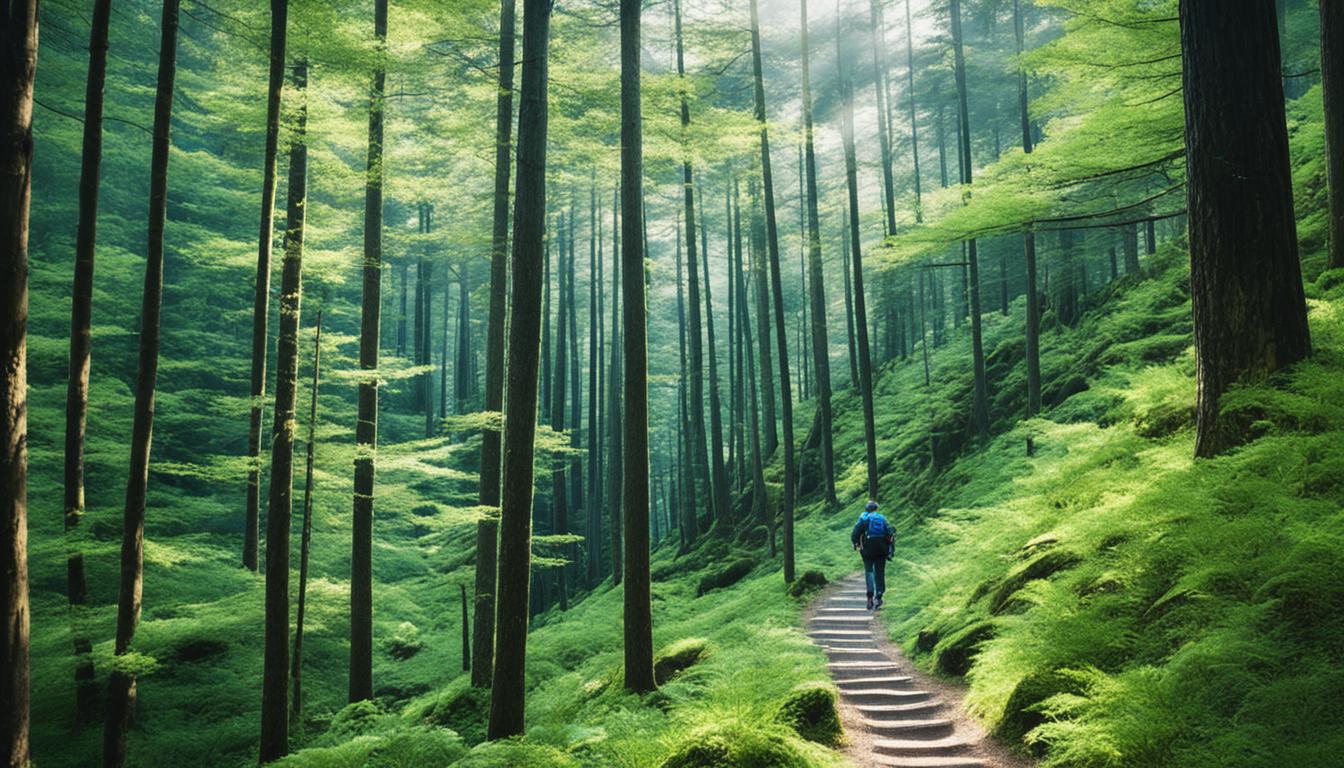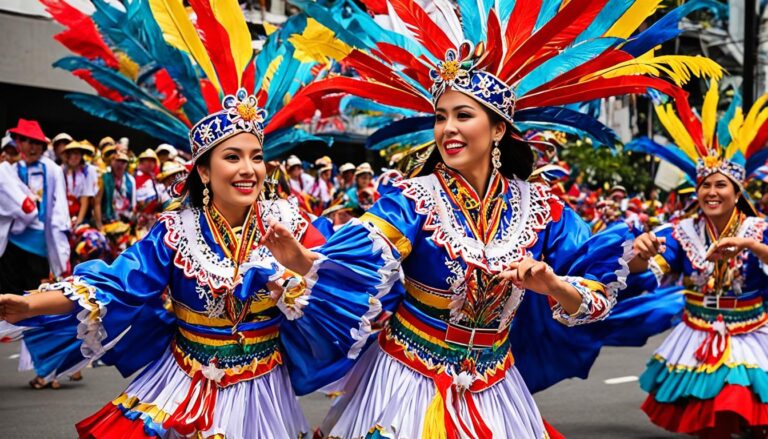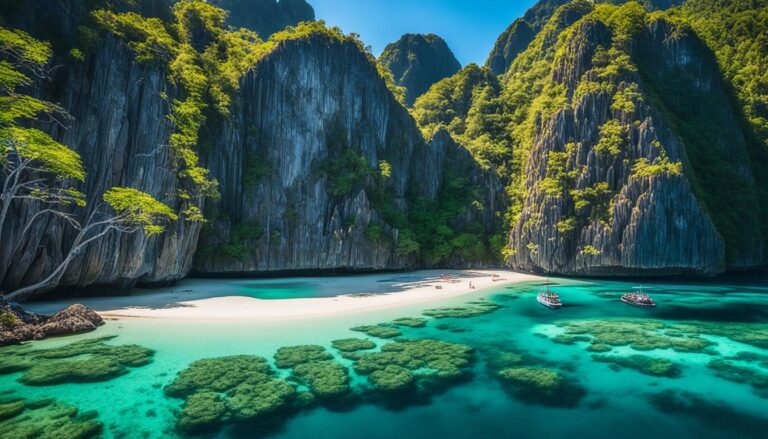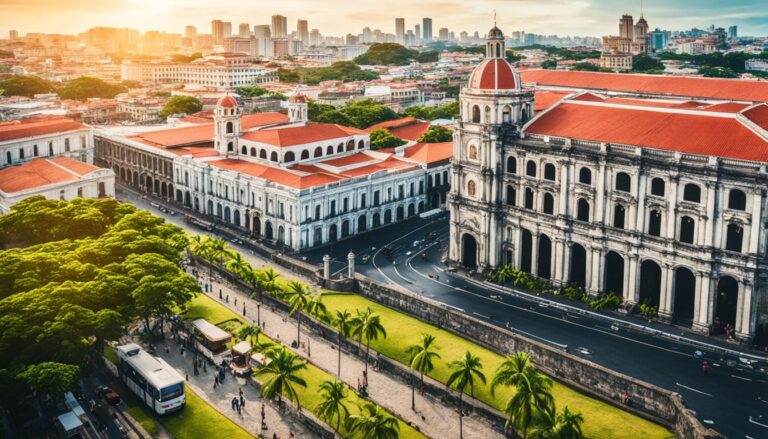🌟 Timeless Trails: Unveiling Asia’s Ancient Cities 🏞️
Pause for a moment and consider the sprawling cities of Asia that we know today. But where did it all begin? The remnants of Asia’s ancient cities invite us into a world where the past is forever intertwined with the present. Sites rich in historical landmarks, breathtaking architectural wonders, and an indelible cultural heritage whisper the secrets of ancient civilizations that once reigned. These cities, once teeming with life, have etched their stories into the very fabric of our history. If walls could talk, the ruins of Asia’s age-old metropolises would recount epic tales of human endeavor, from empires that sculpted the contours of present-day cultures to innovative societies that laid the groundwork for urban life as we know it.
Embarking on a journey through these hallowed grounds offers a unique glimpse into the profound history and rich cultural heritage of long-vanished empires. Architectural marvels, many now recognized as UNESCO World Heritage Sites, stand as monuments to the sophisticated urban civilizations that blossomed and shaped the course of human history across Asia. Exploring these ancient ruins, we delve into the diverse tapestry of stories and achievements that continue to captivate and inspire. Join us as we trace the steps of time across Asia’s most storied landscapes, and in doing so, perhaps find a deeper connection to the collective journey of humankind.
The Timeless Journey Through Japan’s Sacred Paths
Delve into the heart of Japan where ancient paths lead to storied cities, sacred shrines, and breathtaking natural panoramas. Walk the trails renowned through centuries, marinating in a cultural immersion that transcends the simple act of travel. These paths, set against the backdrop of Japan’s vivid history, offer an unrivaled trek through time.
Nakasendo: An Edo-Era Experience
Winding through the serene Nagano Prefecture, the Nakasendo trail offers a living tribute to the Edo period. This scenic 534km route connects Tokyo and Kyoto, and a trek through the Kiso-ji portion unveils picturesque post towns like Tsumago and Magome. With breaks in traditional tea houses and overnight stays in either a ryokan or minshuku, you fully immerse in the hospitality that has welcomed wayfarers for centuries.
Kumano Kodo: UNESCO Heritage and Spiritual Exploration
Veering south to the Kii Peninsula, the Kumano Kodo trail awaits, its paths lined with ancient Shinto shrines and infused with spiritual significance. Recognized by UNESCO, this pilgrimage through verdant mountains and enchanting woods invites visitors to partake in shinrin-yoku, a rejuvenating journey for the soul amid nature’s splendor.
Kamikochi: Alpine Serenity in the Chūbu-Sangaku National Park
Within the protective embrace of the Chūbu-Sangaku National Park lies the tranquil Kamikochi valley. Framed by the majestic peaks of the Northern Japan Alps and cradled by the Azusa River, this valley has captivated nature lovers and alpinists, including Walter Weston, whose explorations are honored here. For those yearning adventure, the trails towards Mount Yarigatake promise an exhilarating experience that bridges the natural and the divine.
- Nakasendo: Experience the Edo period’s living history while rustic inns and traditional minshuku dot the route as testaments to enduring Japanese tradition.
- Kumano Kodo: Traverse the sacred, forest-covered trails to the venerable Kumano Sanzan shrines, an expression of the timeless bond between man and the mystical.
- Kamikochi: Admire the alpine beauty and quiet magnificence of the Northern Alps, where godly tranquility descends upon the azure waters of the gracefully flowing Azusa River.
Retracing the Steps of the Mighty Khmer Empire
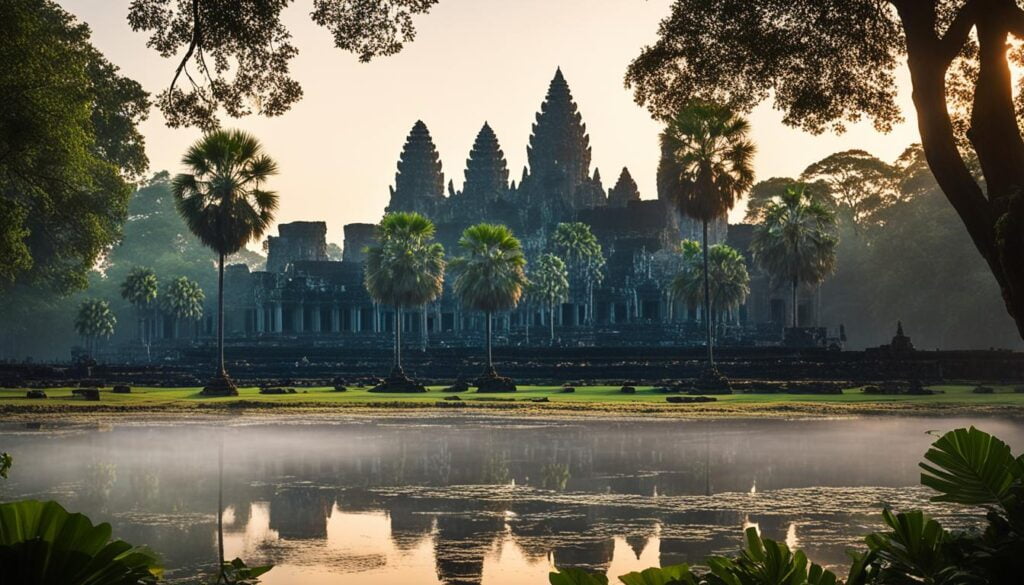
Spanning over six centuries, the Khmer Empire left an indelible mark on Southeast Asia’s history, influencing art, culture, and politics. The remnants of its glory are beautifully encapsulated in the ruins that scatter across modern-day Cambodia, resonating with stories of power, faith, and architectural brilliance. At the heart of this legacy stands Angkor Wat, a symbol of the empire’s strength and devotion, considered a pinnacle of Cambodian cultural heritage.
Historians vividly recount the era when King Jayavarman II declared the independence of Kambuja from Java and initiated the era of the Khmer Empire that would rule for centuries. The capital, Angkor, was a metropolis teeming with sophistication, from its intricate water management systems to the majestic temples that dotted its skyline. Here are some of the most noteworthy archaeological sites linked to the empire:
- Angkor Thom – The last and most enduring capital city of the empire.
- Banteay Srei – Known for intricately carved reliefs in pink sandstone.
- Bayon – Famed for its iconic face towers representing the all-seeing king.
- Preah Khan – A temple also serving as a Buddhist university.
- Ta Prohm – Seamlessly merging with the jungle, providing a raw glimpse into nature’s reclaim.
The decline of the Khmer Empire, notably after the 15th century, did little to dull the grandeur of its accomplishments which still inspire awe and reverence. These ancient cities and temples stand as a testament to human creativity and spiritual dedication. As contemporary explorers traverse these sacred grounds, they not only witness the grandeur of past civilizations but also contribute to the preservation of the Khmer Empire as a vital part of humanity’s shared narrative.
Asia Ancient Cities: Unearthing the Stories of Taiwan’s Syakaro Historic Trail
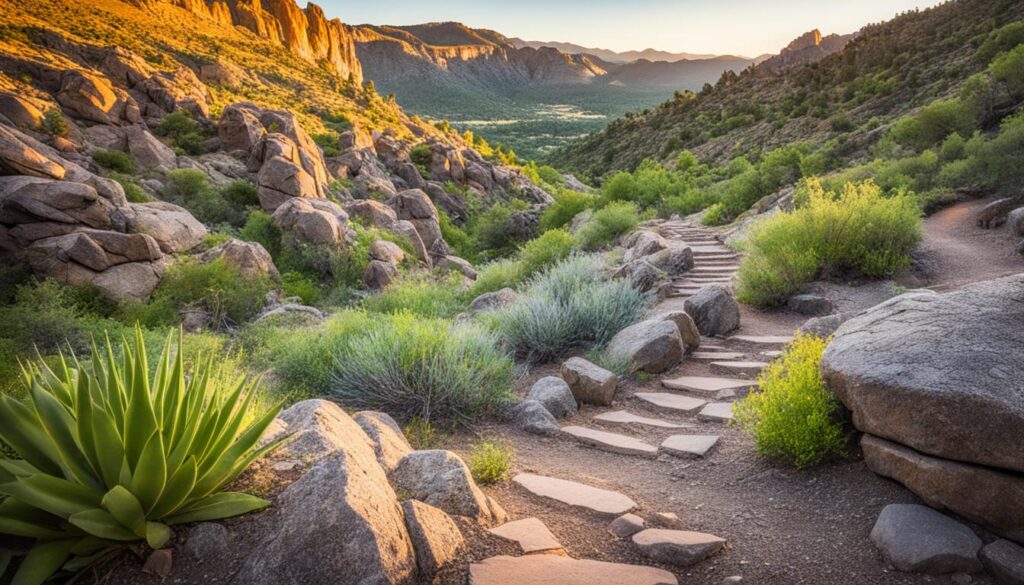
The Syakaro Historic Trail epitomizes the fusion of Taiwan’s lush natural splendor and the profound narratives of the Atayal people. Hikers embarking on this path traverse a landscape steeped in the past, amidst the Formosan Michelia forests that tell tales of resilience and resistance. This rich heritage invites adventurers to discover the cultural and historical milestones that have shaped Taiwan’s identity through its peaks and valleys.
The Formosan Michelia: Spiritual Landscapes and Indigenous History
Immersed in the deep fragrances of the Formosan Michelia, the Syakaro Historic Trail is not just a journey through nature but a spiritual odyssey that connects trekkers to the Atayal people’s legacy. These towering trees, native to Taiwan, have witnessed the history of the Atayal, providing a window into their connection with the land and the spirits they hold sacred.
The High Outpost Density Trail: A Testament to Atayal Resilience
The Yoro Trailhead marks the commencement of an expedition running through an unprecedented number of outposts that once dotted the Syakaro Trail. These were erected during the Japanese Occupation, symbolizing the Syakaro Incidents where the Atayal resistance expressed their firm stance against foreign encroachment. The Outpost Density echoes the enduring spirit of the Atayal as they safeguarded their homes and way of life.
As we walk the outpost-laden trails, we walk in the footsteps of the Atayal warriors who once defended their sovereignty against empire and external control.
From Syakaro to the Holy Ridgeline: Adventure Amidst Taiwan’s Peaks
Scaling the heights from the Syakaro Trail towards the serene grandeur of Mount Dabajian, hikers retrace the route once shared by Japanese climbers and Atayal guides. This passage toward the Holy Ridgeline, or Shengleng Trail, unveils panoramic views from Taiwan’s peaks, adorned with scenic suspension bridges that stitch together a tapestry of history and adventure.
| Trail Feature | Significance | Experience |
|---|---|---|
| Formosan Michelia | Connection to Atayal’s spiritual connection with nature | Aromatic treks among ancient forests |
| Outpost Density | Markers of the region’s geopolitical past | Visual reminders of Atayal resilience |
| Scenic Suspension Bridges | Links between Taiwan’s historical and natural beauty | Thrilling crossings with awe-inspiring views |
| Mount Dabajian to Holy Ridgeline | Path to one of Taiwan’s most revered peaks | A challenging trek filled with natural and historical wonders |
The Syakaro Historic Trail is a living museum that encapsulates the strength and spirit of the Atayal people against the backdrop of Taiwan’s historic trails. As the trail winds from the nurturing embrace of the Formosan Michelia to the monumental Mount Dabajian, the journey along the Shengleng Trail becomes a rite of passage highlighting the interwoven stories of nature’s majesty and human endurance.
Conclusion
Venturing through Asia’s ancient cities is akin to unraveling the threads of time, piecing together narratives that have withstood the ages. These journeys across sacred trails, grand temples, and resilient pathways are not merely about witnessing the splendor of ancient ruins and historical landmarks; they are profound acts of connecting with the intrinsic cultural heritage each site preserves. For those who traverse the Nakasendo or stand amidst the ruins of Angkor Wat, there is a mutual experience of awe and reverence for what civilizations could and did accomplish.
The significance of these sites, many of which are recognized as UNESCO World Heritage Sites, extends beyond their visual magnificence. They serve as educational grounds where history is palpable and present. Through each stone in Angkor Wat or each step on Kumano Kodo, the chronicles of humanity’s creativity and resilience infuse life into history’s silent tellers. The sanctity of these locations curates a timeless gallery of mankind’s architectural and spiritual endeavors.
In essence, our exploration into the past through these historical beacons bestows upon us a shared understanding and appreciation for the varied tapestry that forms our collective past. As we walk the routes that shaped empires and inspired generations, we rediscover the enduring legacy left behind by the ancients. These ventures are invitations to witness the remarkable narratives of endurance and ingenuity that together weave the intricate story of Asia’s luminous past.

